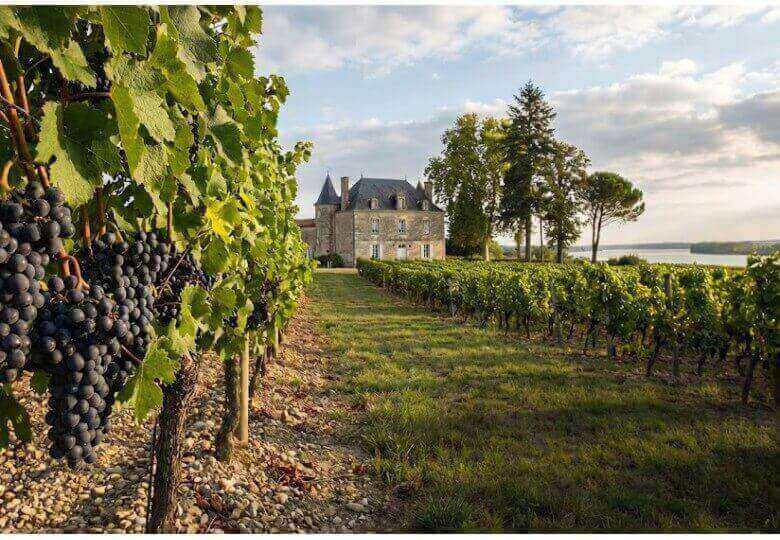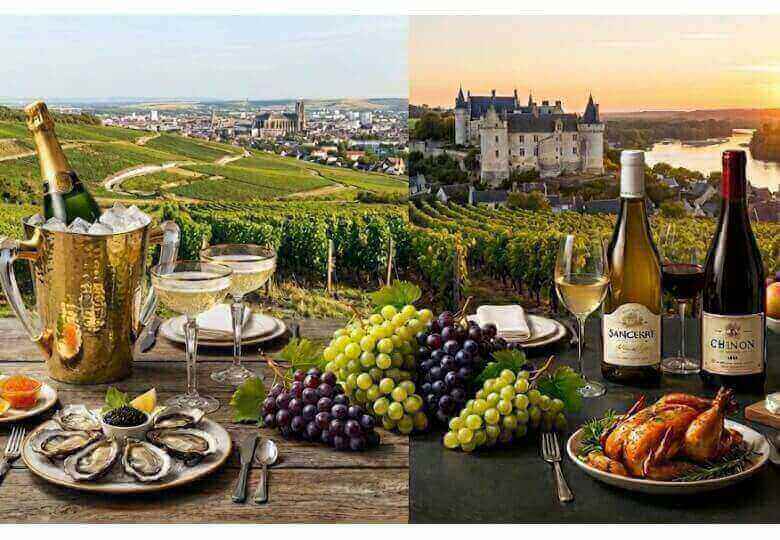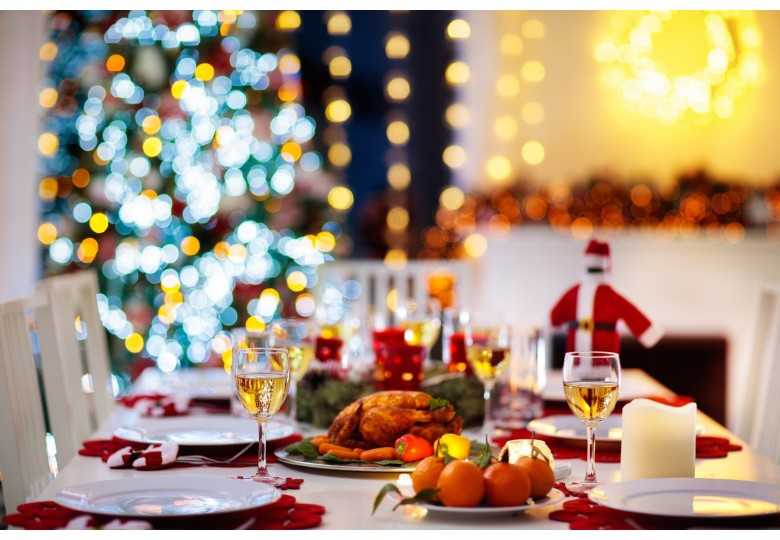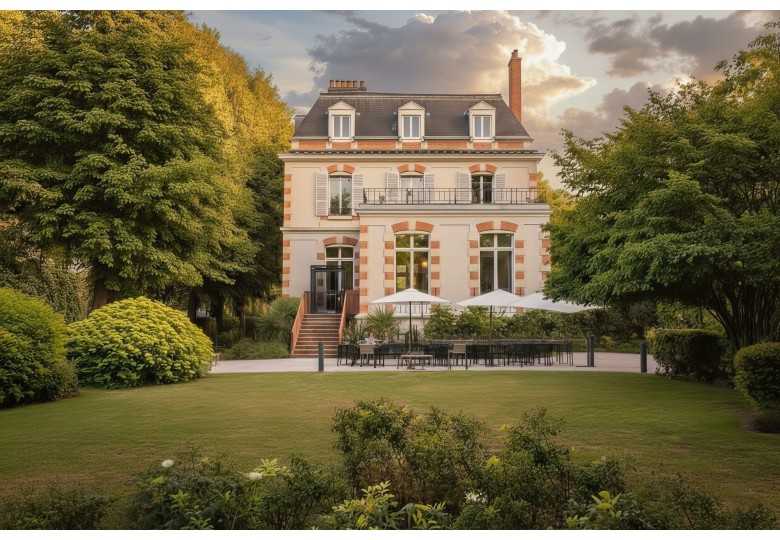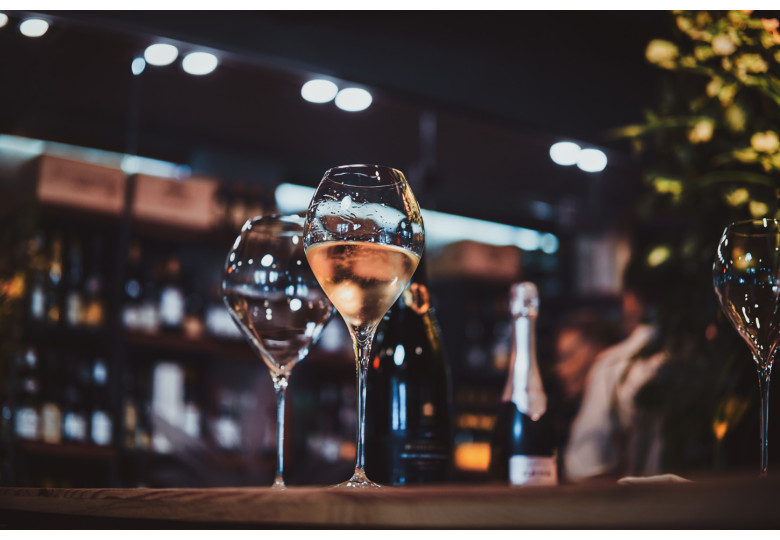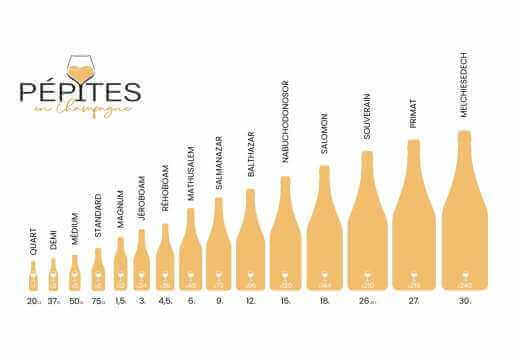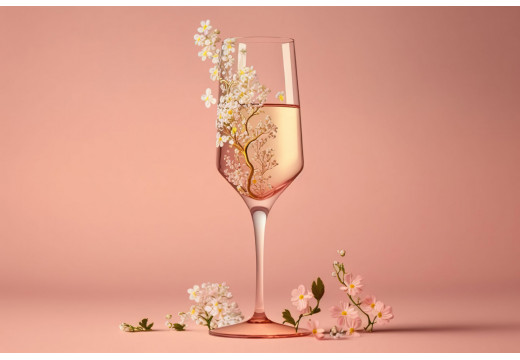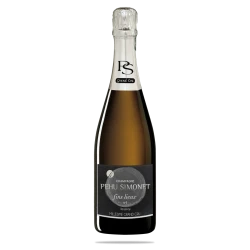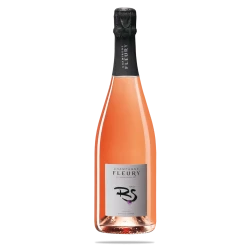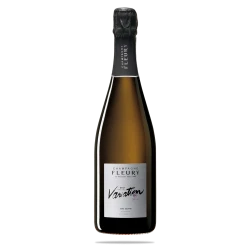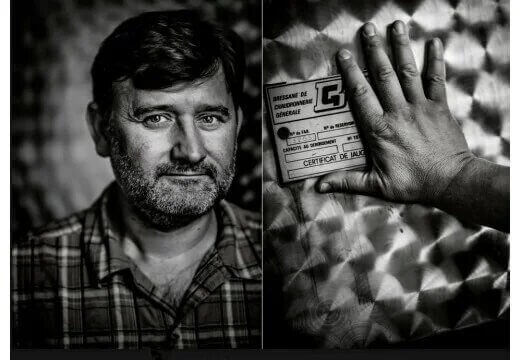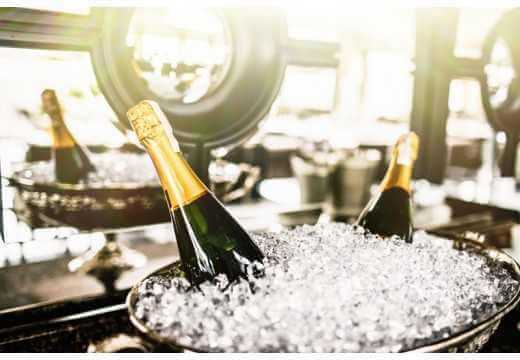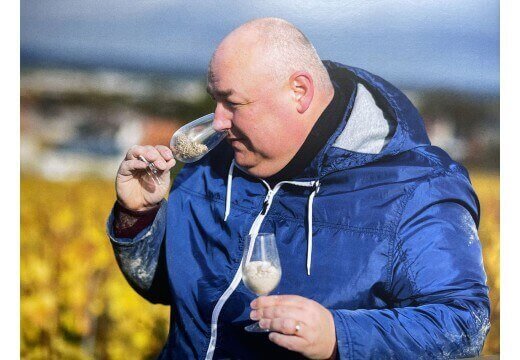In the beginning, a passion for the land...
Since 1895, the Fleury family's history has been rooted in the heart of southern Champagne, in the Côte des Bar. On the clay-limestone slopes formed in the Kimmeridgian period by the first tributaries of the Seine, the family cultivates a vineyard located in Courteron, 45 km south of Troyes.
The estate extends over 15 hectares with a South/South-West exposure, spread over approximately 10 parcels. Four grape varieties flourish there today: Pinot noir, the majority, Chardonnay, as well as two rarer varieties, Pinot Blanc and Pinot gris grown on micro-parcels.
Champagne Fleury :
Fleur de L'Europe (FE)
Blanc de Noirs (BN)
Rosé de Saignée (RS)
Fleury variation
Inspired pioneers
In the 20th century, men of character contributed to the development of the company
Émile Fleury.
A visionary winemaker, he was the first to plant grafted Pinot Noirs in the region. After the phylloxera invasion of April 8, 1894, he rebuilt the family vineyard, laying the foundation for the Fleury estate.
Robert Fleury
When the 1929 crisis hit and the efforts of the region's winegrowers to produce a harvest that was rejected by the merchants collapsed, Robert Fleury boldly took action,
by making his first vintage: he brought his family into a new era, that of "manipulation".
Jean-Pierre Fleury
He dreamed of the stars and wanted to become an astronomer. But his father persuaded him to take over the family estate in 1962. That year, Rachel Carson's "Silent Spring" was published, marking the awakening of ecological awareness.
From 1970 onwards, he studied the basics of biodynamic agriculture as laid down in 1924 by Rudolf Steiner. After several years of practicing what we would now call "reasoned" viticulture, in 1989 he converted to biodynamics: a first in Champagne.
The entry into the 21st century is marked by the arrival of the fourth generation at the domain:
Jean-Sébastien, Morgane and Benoît Fleury
Jean-Sébastien
In the vineyard, he introduces the horse ploughing on some parcels. The house owes him the installation in 2007 of the remarkable "foudres gallery", eight oak foudres of 6,000 liters intended for the ageing of the year's wines and the reserve wines.
He is also the author of the first sulphur-free cuvée, launched in the fall of 2012.
Morgane
Trained as an actress and a sommelier by passion, she represents the estate in France during tastings and abroad at international wine shows.
In March 2009, she opened "Ma Cave Fleury" in the heart of Paris, near the Halles district, where the family Champagnes are offered as well as a selection of wines from authors, most of them biodynamic.
www.macavefleury.fr
Benoît
After three years of experience in various wineries in France (Burgundy, Languedoc, Reims) and abroad (Canada), he returned to get involved in the management of the vineyard.
He enthusiastically perpetuates the research to improve the biology of the soils on the 15 hectares of the domain.
The art of being natural, for the culture of the vine
In 1989, Jean-Pierre Fleury was the first Champagne grower to convert a vineyard to biodynamic viticulture: 3 hectares at first, then the rest of the estate in 1992.
Biodynamics, an art at the service of the earth
The soil is a complex living matter, made of micro-organisms which, always different according to the geology and the environment, mark the vine of the typicity of a place.
Biodynamic viticulture will consist in : Nourishing the earth, invigorating it so that the vine plunges its roots to the bedrock and draws the true expression of the terroir by the use of compost, by working the soil (ploughing, scratching...)
Favouring photosynthesis on the one hand, by intensifying the astral forces of light and heat which will be transformed into flavours, colors and smells, and on the other hand
the rooting by the micro-organisms which nourish the vine with various specific preparations of mineral, vegetable or animal origin.
on the other hand the rooting by the micro-organisms which nourish the stock with the help of various specific preparations of mineral, vegetable or animal origin.
The art of being natural, for the wine making
The work in the cellar is done in the continuity of the work done in the vineyard: selection and vinification by parcel, deliberately limited interventions to "let the wine blossom and offer its most beautiful expression...".
Our best vintages are vinified in oak barrels in order to extract the quintessence of the fruit, and our reserve wines are aged in our tuns gallery.
At the beginning of spring, during the blending tastings, Jean-Pierre, Jean-Sébastien, Morgane and Benoît collectively draw and decide on the contours of a range from the traditional "brut sans année" to the "c


